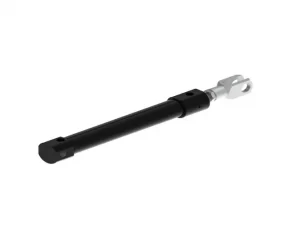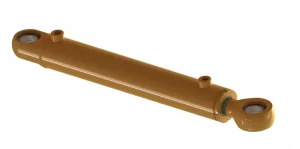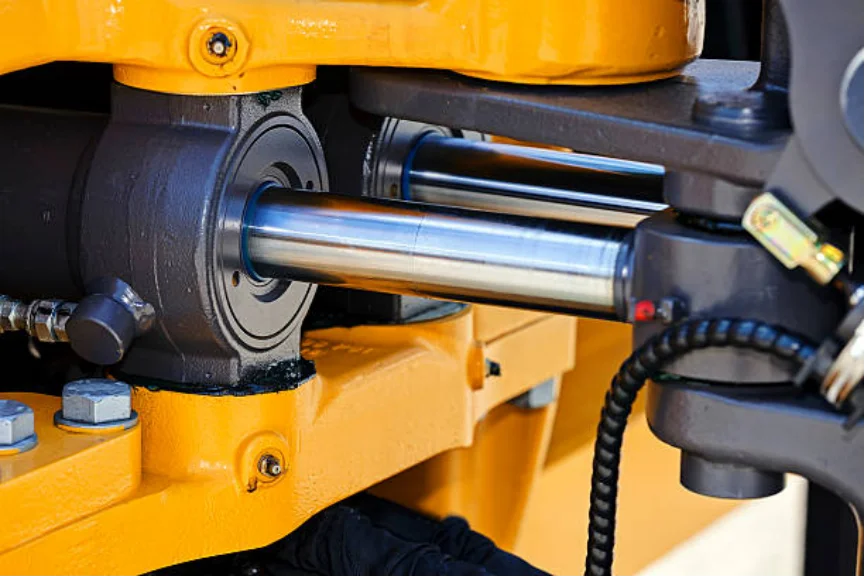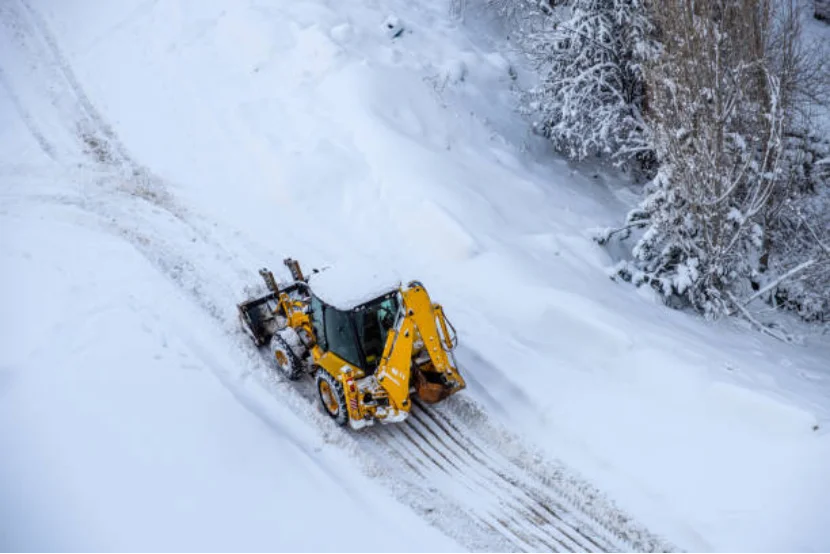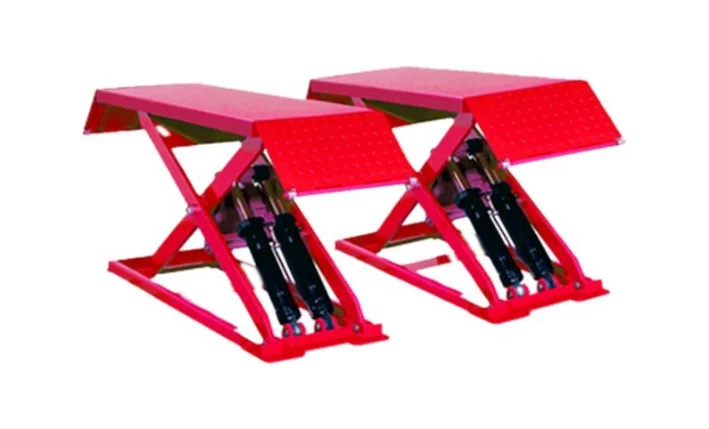Overview of Hydraulic Cylinders
What Are Hydraulic Cylinders and Why Are They Used?
Hydraulic cylinders are devices that turn hydraulic power into straight-line movement and force. They are vital in many machines. These parts work by using fluid under pressure. The fluid pushes a piston inside the cylinder to make it move. This setup is key for tasks like lifting, pushing, pulling, or holding heavy objects in industrial and mobile equipment.
Where Are Hydraulic Cylinders Used?
Hydraulic cylinders are popular in many fields because they work well and can do many jobs. In construction, they run big machines like excavators, bulldozers, and cranes. These help with digging or lifting. In factories, they are part of assembly lines and robot arms. Farmers use them in tractors and harvesters. Cars use them in jacks and brakes. They also appear in airplanes, ships, and even green energy systems.
How to Replace a Hydraulic Cylinder
Signs You Need a New Hydraulic Cylinder
Spotting when a hydraulic cylinder needs replacing can save time and stop machine breakdowns:
- Fluid keeps leaking from seals or connections.
- The cylinder can’t lift heavy loads like before.
- You see wear or damage on parts like rods or barrels.
- The cylinder makes loud noises during use. This can mean internal wear or bad alignment.
- The cylinder moves unevenly or jerks. This shows problems inside.
Steps to Replace a Hydraulic Cylinder
Replacing a hydraulic cylinder takes careful steps:
- Check Safety: Turn off the machine. Release pressure and make sure it’s stable.
- Look at Connections: Find all links between the cylinder and the machine. This includes hoses and brackets.
- Remove Fluid: Drain the hydraulic fluid safely. This prevents spills when you take the cylinder out.
- Take Off Bolts: Use the right tools to remove bolts holding the cylinder to its mounts.
- Unhook Hoses: Disconnect hydraulic hoses from the ports. Label them so you can reconnect them correctly later.
- Remove the Old Cylinder: Carefully pull out the damaged cylinder. Avoid harming other parts nearby.
- Put in the New Cylinder: Place the new cylinder in the right spot. Align it with mounting points and attach hoses using your labels.
- Tighten Bolts and Check Position: Fasten the bolts firmly. Make sure the cylinder lines up with the machine for smooth work.
- Add Fluid and Test: Fill the system with the right hydraulic fluid. Follow the maker’s instructions. Test the cylinder carefully to check if it works.
Shining Hydraulic provides custom options to meet various needs in hydraulic technology.
Maintenance and Repairing Hydraulic Cylinders
Common Problems with Hydraulic Cylinders
Hydraulic cylinders are important for machines, but they can have issues over time. One common problem is fluid leaking. This often happens because seals wear out or piston rods get damaged. Leaks lower the system’s power and can harm the environment. Another issue is dirty hydraulic fluid. Dirt, debris, or water can get in through bad seals or poor care. This causes wear or clogs inside.
Cylinder drift is also a problem. This is when the cylinder moves on its own because of leaks inside the piston seals. It can make operations unsafe or imprecise. Bent or rusty piston rods can also cause trouble. They stop smooth motion and wear out other parts. Overheating is another issue. It happens when fluid gets too hot from friction or long use. This can hurt performance and damage parts.
Tips for Fixing and Caring for Hydraulic Cylinders
Regular care keeps hydraulic cylinders working well for a long time. Start with routine checks. Look for early signs of wear or damage. Check seals and connections for leaks. Look for dents or scratches on the piston rod or barrel. Keep the hydraulic fluid clean. Use filters and change the fluid as the maker suggests.
When fixing a cylinder, always follow safety rules. Release all pressure before taking parts apart. Replace old seals with good-quality ones to stop leaks. If the piston rod is bent or rusty, replace it to keep the cylinder working well. Make sure everything is aligned when you put the cylinder back together. This avoids extra stress on parts. Add enough lubrication to moving parts. This lowers friction and makes parts last longer. After fixes, test the cylinder carefully. Check for leaks or odd movements.
Why Proper Handling of Hydraulic Cylinders Matters
Safety Steps During Use and Care
Handling hydraulic cylinders safely prevents accidents and equipment damage. Always wear safety gear like gloves and goggles when working on hydraulic systems. Turn off the machine and release pressure before starting any work. Use tools made for hydraulic systems. This avoids damaging delicate parts like seals or ports. When lifting heavy cylinders, use proper equipment to avoid injuries. Keep work areas clean. Oil spills can cause slips or dirty the system.
During use, watch pressure levels closely. Don’t go over the cylinder’s limit. This can cause dangerous failures. Check hoses and connections often for wear or damage that could weaken the system.
Why Regular Checks and Care Are Important
Checking and caring for hydraulic cylinders regularly has many benefits. It stops problems before they become big repairs or cause downtime. Well-kept cylinders work better. They use less energy and last longer. Regular care also makes machines safer. It lowers the chance of sudden breakdowns during use. It keeps all parts working right, so machines move precisely.
Clean hydraulic fluid is key. Changing it regularly stops damage from dirt or water. For businesses that depend on hydraulic systems, routine care saves money. It avoids surprise breakdowns and keeps work going smoothly.
Frequently Asked Questions
What are common issues in hydraulic cylinders?
Problems include fluid leaks from worn seals, dirty hydraulic fluid, cylinder drift from internal leaks, bent piston rods, and overheating from long use.
How can I care for a hydraulic cylinder well?
Check for leaks or damage often. Replace worn seals quickly. Keep fluid clean with filters. Lubricate moving parts. Test the cylinder after fixes.
Why are safety steps important when handling hydraulic cylinders?
Safety steps stop accidents like injuries from high-pressure fluid or equipment failure. They also protect delicate parts during work.
What are the benefits of regular checks for hydraulic systems?
Routine checks improve efficiency. They prevent breakdowns, make parts last longer, keep operations safe, and lower energy costs.
For custom hydraulic solutions, Shining Hydraulic welcomes you to explore their services in Yantai Economic Zone!

